#mobility
QOTD: Enticed by Two-wheeled Branding?
People who make more money and go on far more vacations than yours truly tell me it’s important to never drive. Lower your carbon footprint by hopping on a bike, they say. Yes, even in January — it’s popular and the people who do it, well, they love it!
While I’ve no qualms with pedalling on a nice warm day, toss in snow and ice and face-paralyzing cold and I’ll politely tell these cheerleaders, “No thanks, I’d sooner be dead.”
But what if ditching four wheels, crumple zones, 10 airbags, and a heater meant not having to give up on my beloved automotive brand?
Jeep Will Soon Sell E-Bikes
Spending any amount of time in front of a television or computer screen on Groundhog Day likely resulted in you seeing the new Jeep Gladiator spot starring Bill Murray. As with most of the advertising done in the name of Fiat Chrysler Automobiles, it was memorable and effective. Both Murray and the truck came across well, encouraging many to re-watch the fantastical 1993 comedy the ad is reliant upon while possibly browsing the Jeep website beforehand. Loaded with easter eggs from the film, it was probably the best automotive ad featured during Super Bowl LIV in a year loaded with healthy competition.
However, your author noticed something odd while watching. At one point, Bill taps Punxsutawney Phil atop his adorable little helmet as they prepare to journey through the snow on what appeared to be a Jeep-branded bicycle. The scene is so brief that it required a repeat viewing to be sure. Is Jeep seriously trying to get into the bicycle game?
Ford Mulls Mobility Test Site Behind Michigan Central Station
As part of its planned $740 million campus development project in Detroit’s Corktown, Ford is planning a vehicle testing site behind the once-abandoned Michigan Central Station. The land was already earmarked to serve as home base for the company’s latest mobility projects, so the space will be used for exactly that. However, due to location’s size, it’ll probably be relegated to projects outside the normal automotive scope.
Mary Culler, director of Michigan Central Station’s redevelopment, teased what the site might look like further down the line at the Detroit Policy Conference on Wednesday. The prospective testing ground was clearly shown in a slide during her presentation, located at the site of the station’s old loading area. However, the site isn’t expected to be operational until 2023, as the book depository and station renovations take precedence.
At Kia, Plan B Is Called 'Plan S'
Whether you or I like it or want it, the industry is changing — pivoting towards things that cause many readers’ blood to run cold and their soul to wither and die. Futuristic things like electrification and mobility and autonomous driving. Soulless things, to some.
For most — if not all — industry players, this pivot is Plan B (Plan A being the traditional selling of internal combustion automobiles to customers who walk into dealerships). For Kia, it falls under the official title of Plan S. This week, the automaker dived into what it means for loyal customers.
More Expensive, Less Practical: BMW Debuts Luxury I3 'Urban Suite' at CES
BMW will debut a new version of its very green i3 EV at the Consumer Electronics Show (CES) next week. The compact hatchback has been reimagined for the future — and BMW’s future is one of less usability and much greater expense. You’ll need hired help.
Survey: EV Interest Varies Wildly Between Nations, Ditto for Shared Ownership
If you follow the automotive industry at all, you’re undoubtedly aware that the United States is a region that hasn’t quite embraced automotive electrification on the same level as the rest of the developed world. Americans travel longer distances and have particular tastes, making EVs more popular in places like Europe and China. It also hasn’t passed the same sweeping regulations to ensure their advancement.
Whatever the cause, a new survey from London-based OC&C Strategy Consultants attempted to tabulate the disparity — asking 2,000 consumers (apiece) in the U.S., China, Germany, France and United Kingdom between March and April of 2019.
Their findings? Only about half of the surveyed Americans felt EVs were worth their consideration as a potential successor to their current ride. In China, 90 percent said they would seriously consider buying electric. Between 64 and 77 percent of respondents in Europe said the same (depending on country).
Lexus Unveils LF-30 Concept, Toyota Builds 'Mobility Theme Park'
Lexus just previewed its first electric vehicle in Tokyo, indicating that Toyota Motor Corp. is ready to launch an onslaught of EVs. While the LF-30 Electric is a concept vehicle through and through, it establishes the direction Lexus plans on taking as a brand while blowing the war horn for subsequent Toyota EVs.
Unfortunately, the marketing materials chosen by Lexus hinge on tired mobility tropes — undercutting the concept’s best attributes. The official video is particularly bad.
Old? Don't Go Far? Toyota Has Your Ride
If that compact sedan or crossover has become too much to handle, and you live in Japan, Toyota has just the thing for you. Due out in 2020, Toyota’s aptly-named Ultra-compact BEV is a, um, ultra-compact battery electric vehicle that’s clean, green, and in no way mean.
To butcher a tagline from Dodge… if you can handle a top speed of 60 km/h (37.3 mph), you could be Toyota material.
Don't Hold Your Breath Waiting for an Audi Flying Car
Few topics anger this writer as much as the so-called “flying car.” Much like the massive airships Popular Mechanics assured us were right around the corner back in the mid 1990s, the flying car seems more like a tech writer’s fever dream than a viable and imminent form of transport.
For starters, they’re mainly just helicopters, though some aircraft would provide “last mile” service to the rider’s final destination using a motor and steerable wheels. The vehicles/aircraft would be autonomous, too. It sounds like a regulatory nightmare awash in red tape.
One company pursuing such a product is Audi, though the automaker recently admitted its dreams aren’t even close to becoming a reality. It’s now paring things back.
Another Study Shows Consumers Hesitant to Embrace Mobility
With automakers investing heavily into the development of electrified and autonomous vehicles, it might seem there is a gigantic consumer base ready and raring to go out and buy them. But every study we’ve encountered suggests the exact opposite. Electric cars are still limited to tech fetishists with regular folks occasionally deciding to become early adopters. Meanwhile, AVs are still in their infancy with engineers keen to document every baby step they take as the public remains ill-informed on their overall status.
It was presumed, however, that this would change as development progressed and “mobility” became more mainstream. But a new study from J.D. Power, backed by Survey Monkey, has showed — once again — this is not yet the case. Based on a 100-point scale, the duo’s 2019 Mobility Confidence Index yielded a score of 36 for self-driving vehicles and 55 for battery-electric vehicles.
Toyota's Doing Mobility Stuff – Some a Little Creepy, Rest Kind of Fun
When an automaker discusses mobility, they’re not really talking about anything specific. The term has been established within the industry as a catch-all phrase for electrification, app-based services, autonomous programs, data acquisition, robotics, and whatever other ideas that don’t fit neatly within a company’s core product line. Providing the best example of the term’s nebulous nature this week was Toyota, which showcased a glut of mobility projects for the 2020 Olympic and Paralympic Games — as well as toying with the idea of handing over vehicle data to the Japanese government.
Let’s start with the concerning aspects before we get into the goofy stuff.
The Hunt For BMW's New CEO Begins [UPDATE: That Was Fast!]
With Harald Krüger out, BMW needs a new CEO — one that can effectively transition the company into becoming and electrified automotive dreamscape. Krüger presumably wasn’t interested in taking that path. While that hardly makes him a monster, plenty of people felt that his reluctance to spend ludicrous amounts of money on developing EVs was tanking the company’s share price and making him look like a fool. Not us, though. Bending to investors every whim and chasing down trends with minimal foresight seems like top-tier dipshittery. But that’s the nature of the industry right now, for better or worse.
However, in the short term, it pays to promote electrification and Krüger’s measured strategy of gradually introducing more EVs via a flexible architecture was often seen as too conservative. Perhaps that’s the correct assertion and some new blood is in order at BMW if it’s to correct its course. But who do you pick?
BMW's Plug-in Hybrids Will Incorporate Gamification, Automatically Switch to EV Mode in 2020
Next year, BMW plans to equip all plug-in hybrid models with a standard function that automatically switches the automobile into electric mode whenever it enters an area designated for emissions-free driving. While the change is universal, the feature won’t get much action in the United States where government-mandated electrification is less pervasive than a Europe or China.
Still, that’s a sizable chunk of the brand’s global market. Hoping to appeal to it, Bavarian Motor Works went on an electric kick for Tuesday, announcing the electrically powered Motorrad Vision DC Roadster motorbike, Vision M Next Concept, testbed “Power BEV” drive units, upgrades to the BMW Intelligent Personal Assistant, and a bunch of other tech hand picked for the unsettlingly trendy #NEXTGen event.
However, the “eDrive Zone” PHEV geofencing system was one of the few items that has been scheduled for production. Unfortunately, it’s going to incorporate some gamification into the driving experience — making us suspicious of BMW’s ultimate goal.
Toyota Ramps Up Electrification Timeline, Outlines Nuanced Strategy
Following announcements that Toyota would be working on a shared electric vehicle platform with Subaru, as well as a jointly developed crossover, the brand conducted a press conference on Friday regarding its decision to “popularize BEVs.” While the announcement didn’t deal with the specifics of cutting-edge tech, auxiliary business opportunities, or even a total shift toward battery electric vehicles, it did represent a major commitment from a manufacturer that’s notoriously cautious in its decision making.
Opening the conference, Executive Vice President Shigeki Terashi focused largely on the challenges of electrification. Terashi said Toyota’s intent has always been to support “social progress” and curb CO2 emissions while acknowledging that it had only made formal commitments to electrification within the last couple of years. However, he showed that the automaker has been busy within that time, and had several initiatives in the works aimed at repositioning Toyota as a mobility brand, by outlining the company’s extremely complex EV strategy.
Buckle up, because there is a lot to this — including some new cars.
Analysts: Recent Automotive Job Cuts Are Just the Beginning
Over the last six months, automakers have announced roughly 38,000 job cuts as part of global restructuring efforts. While such things are typically part of the normal ebb and flow of the industry, the ebb could be a prolonged one as manufacturers seek ways to mitigate the high cost of tech and figure out what their businesses should look like in the 21st century.
A litany of other issues are impacting jobs. China’s economy turned out to be less stable than presumed, trade tensions have escalated in practically every major market that builds cars, and most of the developed world appears to be nearly tapped out in terms of sales growth.
As a result, analysts are growing concerned that the layoffs we’ve seen thus far are just the beginning. But they’re not the only ones. Industry insiders are also willing to admit that times are changing — and rather drastically.






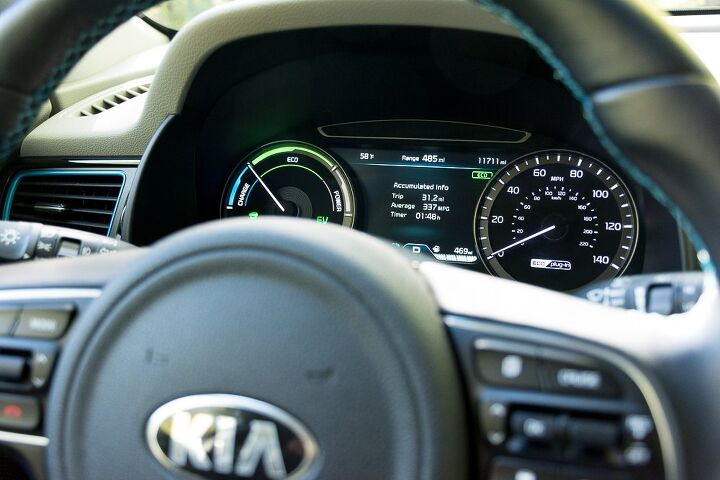
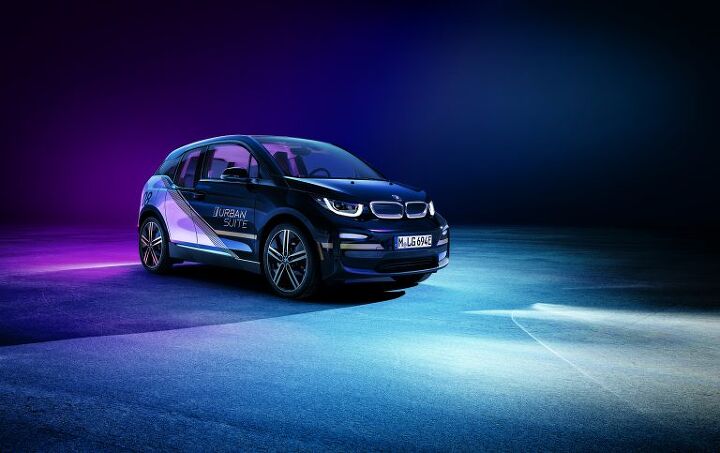

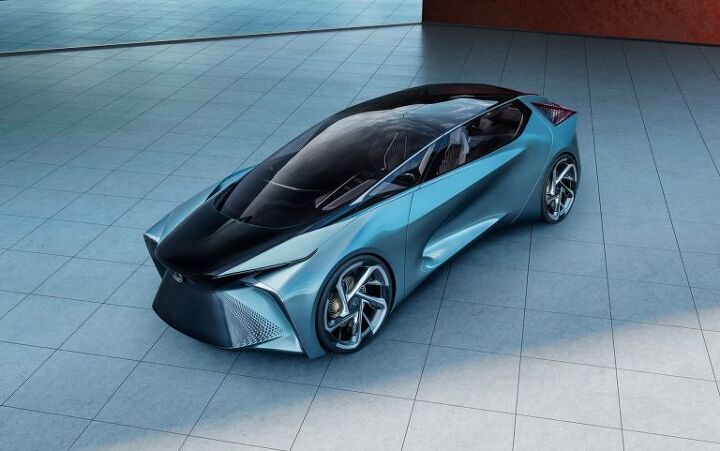
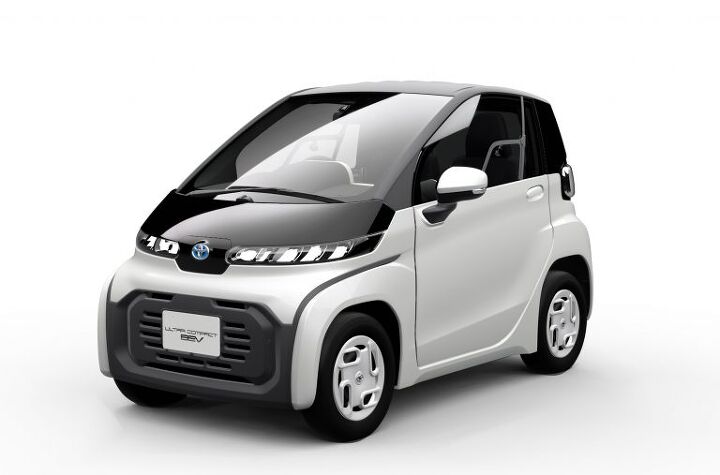
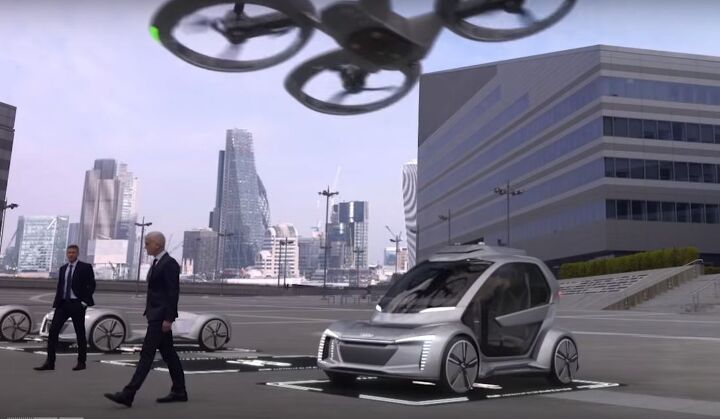

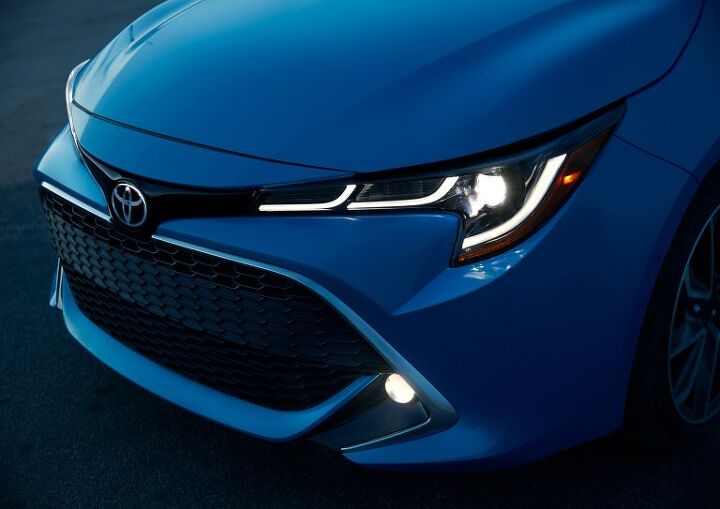
![The Hunt For BMW's New CEO Begins [UPDATE: That Was Fast!]](https://cdn-fastly.thetruthaboutcars.com/media/2022/07/19/9173916/securities-and-exchange-commission-interested-in-bmw.jpg?size=720x845&nocrop=1)














Recent Comments